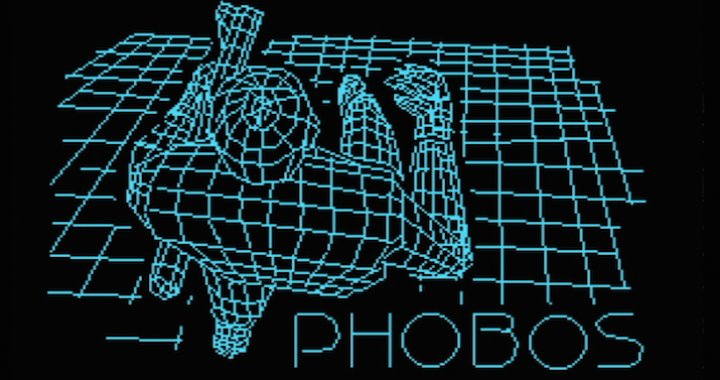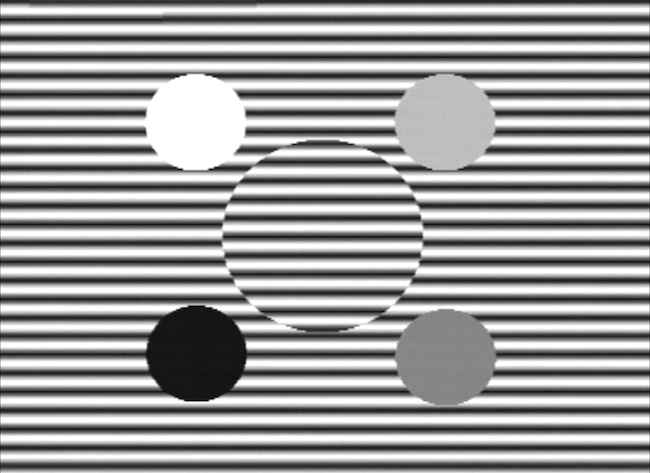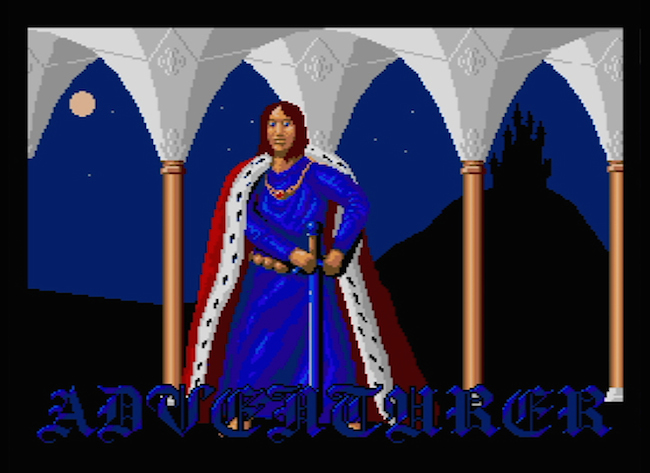
RAM. Early Estonian Computer Art at Kumu
Q&A with exhibition’s curator Tuuli Lepik
03/03/2016
RAM. Early Estonian Computer Art
Kumu, The Project Space, 4th floor, A-wing
Through September 4, 2016
Through September, Kumu Art Museum is hosting an exhibition of extracts of Estonian computer art and locally created computer games, as saved in historical memory. RAM (random access memory) is the main memory of a computer; it is where data can be accessed by moving to different parts of the memory.
What are three key reasons why visitors should attend this exhibition?
By now, enough time has passed since the invention of personal computers to find it interesting how, and what kind of, visuals were made on them when they first became available. The exhibition RAM is a kind of history of computer use in Estonian visual culture. A lot of the works are on display in a museum for the first time. Never before have Estonian exhibition halls shown the most famous demo in Estonia from those days, or computer games from the early 1990s, some of which were created by the same programmers who later brought us Skype.

Hillar Uudevald. Noli turbare circulos meos!, 1993
We can assess the works on display from multiple points of view. On the one hand, Rauno Remme’s computer programme can be viewed as an early criticism of the omnipotence of computer media; on the other hand, it is an example of how the computer became a tool in creative industries and how this turned out. There are also some items that can be seen in the framework of traditional art, but which have been outsiders until now. Some of the works are accompanied by notes about the software or methods used to create the programmes or animations. In those days, computer technology was so primitive and low-capacity that one had to come up with all sorts of wizardry to achieve results on the screen – things which now are considered perfectly ordinary.
I really hope that the exhibition offers something for different target audiences: for designers and computer game programmers, for people who love naive computer art and traditional art, and even for children – who can play on a real Amiga computer, a technological wonder that was used more than 20 years ago to create the graphics of some of the computer games displayed.

Renee Kelomees. Geom I, 1994. Amiga Deluxe Paint. Muusika: Renee Kelomees
Could you give us a few highlights of the oeuvre that can be seen in this exhibition?
I would highlight the computer animation Geom I (1994) by Renee Kelomees. The author of this black-and-white video has discarded colour as a vain means of expression. Designers know how you familiarise yourself with a new programme. First you try out the flashier functions and tricks, even if in later work you barely use them. In this way, you learn the possible and dangerous language of clichés. How about turning to greyscale at a time when everyone else is trying to squeeze a maximum of colours and pixels out of the monitor? Technologically, the video was made as an animation with the Amiga programme Deluxe Paint. It was started and recorded in real time as a video output. The animation itself was created by a pixel-by-pixel change of the location of the greyscale. With this beautiful work, we might be tempted to see the process as the behaviour of light in emptiness, how it is dispersed and refracted, and its many cultural meanings. The author combined light in different development stages and established a pattern through shade. Hence the title and framework.

Rauno Remme (1969–2002). Wanna play?, 1992. The programme was written in Basic to parody computer games; there is actually no possibility of winning
The central place in the display is occupied by Rauno Remme’s computer programme Wanna play?, which was inspired by technological chaos, and is allowed to cut into the sounds made by other displayed items. The programme is based on an old computer game used by the author as early as 1992 to ironically comment on media technology's supposed omnipotence and controllability by humans.
The visitor might be surprised by computer games made in Estonia in the early 1990s. Those files are not common and it takes a lot of effort to make them run on modern technology.

The FARM / BlueMoon Software. Jaan Tallinn, Ahti Heinla, Priit Kasesalu, Juhan Soomets, Kaspar P. Loit, Ott Aaloe. ROKETZ, 1995
Could you sketch out the exhibition’s viewing experience and its layout?
The exhibition consists of a large projected area on which animations and video-recorded extracts of computer games and programmes run. In addition, we have four monitors, some of them with authentic computers and joysticks. A colour TV set shows examples of advertisement and television graphics. You can play a programme written by Rauno Remme on PC 486. Amiga’s version of the Roketz game can be tried out on an Amiga 1200. Both the Amiga and its monitor are directly linked to Roketz, as they belong to the creators of the game and were actually used to create it. One wall has a larger-than-life print-out of a cover illustration created for the popular .EXE magazine in the early 1990s. It teems with iconic symbols and was drawn with just a computer mouse. Together with the computer games, it forms a not-so-serious and naive, but honest, whole. Other examples of computer graphics are blotter drawings from 1986–1987. In the eighties there was an artists’ group called Fin Plotter, comprised of the scenographer Vello Tamm, the hydrobiologist Jüri Tenson, and the biophysicist Jüri Lilles. Under the name Fin Plotter, the three men spent their leisure time at a Tektronix computer, writing programmes with a final output of a graphic image which was then transferred onto paper with a plotter and then presented as a (computer) graphic print.

AttackerSoft. Markus Klesman, Raul Keller, Kaspar P. Loit. Adventurer. King of England, 1990. MSX game
Computer animations and graphics of that time, due to their exotic nature, were free from any aesthetic standards being applied to the used images, and fell outside the sphere of criticism. The majority of electronic art remains distant from traditional aesthetics, focusing rather on technology. In putting together the exhibition, we did not consider whether a phenomenon belonged to a category, but rather looked at how the computing environment was reflected in the inner world of the created works.

Marko Kekišev, Kalle Toompere. Advertisement for Amerest, 1990–1991. Olav Osolin’s private collection
If we look further, we can see how an unexpected field can suddenly find momentum and start to grow. In general, people did not take the world of computer games seriously at the beginning of the 1990s. It was unthinkable to consider it a separate branch of the economy, much less teach it in schools. Thus, the schoolboys who created computer games needed to find “real jobs”, thereby continuing in a field related to computer technology, but giving up on creating more games. Today, the game industry forms a significant part of the economy, having surpassed the turnover of the film industry. Even though some gaming companies operate in Estonia rather successfully, a lot of the potential from back then, unfortunately, remains largely untapped.